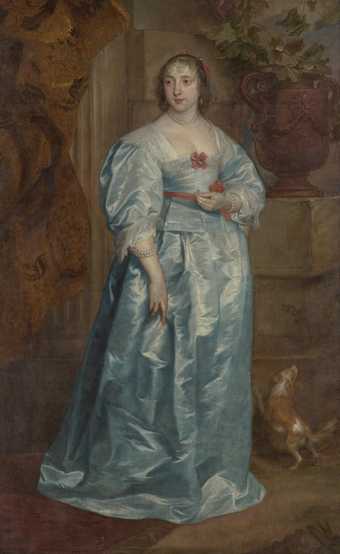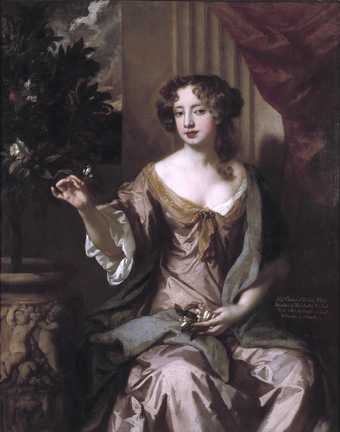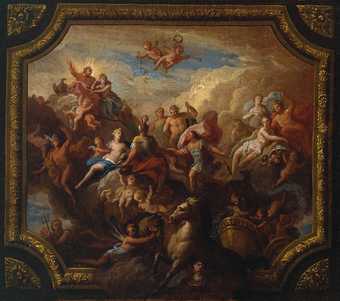
Gilbert Soest
Henry Howard, 6th Duke of Norfolk
(c.1670–5)
Tate
At its height in Rome from around 1630–1680, Baroque is particularly associated with the Catholic Counter-Reformation. Its dynamic movement, bold realism (giving viewers the impression they were witnessing an actual event), and direct emotional appeal were ideally suited to proclaiming the reinvigorated spirit of the Catholic Church. Although originating in Rome, Baroque was influential across Europe. It was also used to depict many non-religious themes and can be seen in portraits, still lifes as well as mythical subjects.
Greatest exponents include sculptor and architect Bernini in Rome; and in northern Europe, Sir Peter Paul Rubens, whose ceiling decorations commissioned by Charles I (Stuart) for the Banqueting Hall in London are still in place. Rubens’s great pupil Sir Anthony Van Dyck also worked in a Baroque style in Britain, and was Charles’s court painter from 1632 until his death in 1641. British followers include William Dobson, Sir Peter Lely, Jacob Huysmans, Sir Godfrey Kneller, and painters of wall and ceiling decorations such as Antonio Verrio and Sir James Thornhill.



